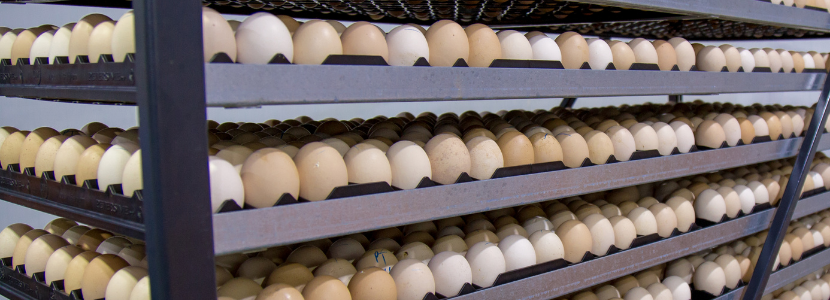Content available at: Español (Spanish)
Keeping a good shell quality is important to maximize broiler performance from breeders since quality and hatchability go together.
A thin shell favors water vapor loss during incubation, leading to higher late embryonic mortality and dehydrated chicks. Also, thin shells crack more easily during collection and transport, leading to contamination and moisture loss, resulting in fewer hatches and higher chick losses.
The main factors that influence the quality of the shell are:
- Genetics
- Diet
- Environment
- Housing
- Broiler breeders age
Knowing the eggshell quality of a flock allows to improve their management practices by making changes to enhance the shells of poor quality together with hatchability and quality of the chick.
Among the available shell quality measures, egg-specific gravity is the simplest and most widely used method. Specific gravity is used to measure the shell’s thickness and, indirectly, the percentage of shell deposited on the egg.
There are two methods to determine the egg-specific gravity:
The Archimedes method, which includes the individual weighing of the eggs and their subsequent passage into water, applying the following formula:
Dry weight/( Dry weight – Wet weight)
The salt bath method, which uses several containers of saltwater with different concentrations of saline.
To perform the salt bath method, the eggs are placed in the solution with the lowest salt concentration, and those that do not float are removed and transferred to the next solution with a higher concentration of salt.
This procedure is repeated until the egg floats. The specific gravity of the solution in which the egg floats corresponds to the egg’s specific gravity.
This method allows rapid measurement of large quantities of eggs with minimal effect on them. The best time to perform this measurement is in the hatchery once the eggs have reached the same temperature as the saline solution.

SPECIFIC GRAVITY AND HATCHING
A study was conducted to determine the relationship between hatchability and specific gravity in modern broiler breeder lines. In that study, 1,944 eggs were used to evaluate their color and the specific gravity. Each egg was marked to follow up throughout the entire incubation process.
The eggs came from five different broiler breeder flocks between 33 to 45 weeks in the middle of egg production.
The saline solutions were in the egg storage room of a commercial hatchery. The measurements were carried out once the egg temperature was equal to the room.
Verification of saline solutions’ accuracy is performed using a hydrometer, with specific gravity ranging from low (1.065) to high (1.090) in 0.005 increments.
After measuring each egg, they were placed together with the same flock’s eggs to be incubated in the hatchery under standard conditions.
Once the hatch finished, the embryo diagnosis was made for all unhatched eggs to determine fertility and the time of embryonic mortality.
The results of the incubation are shown in Figure 1.
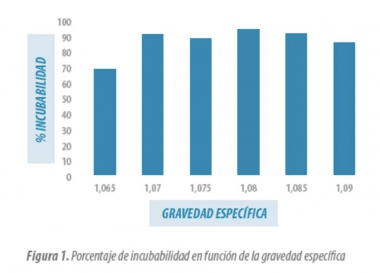
Figure 1. These results indicate that eggs with a specific gravity of 1.070 hatch just as well as those with a higher specific gravity. Also, hatchability is not impaired until the specific gravity is 1.065 or less.
These results differ from those published by McDaniel et al. (1981) and Bennett (1992), suggesting that eggs with a specific gravity lower than 1.080 had poorer hatchability and higher embryonic mortality.
This discrepancy between the results could be due to the genetic progress, the changes produced in the last 20 years, and the experimental methodology.
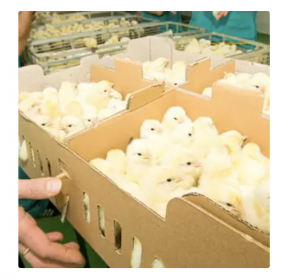
SHELL COLOR AND HATCHING
Over the years, it has often been assumed that light-colored eggs in broiler breeders do not hatch as well as dark-colored ones. Therefore, in the study mentioned, the shell color for each egg was also evaluated, using a colorimeter that assigns a numerical value to the shell color. The colorimeter assigned higher values to whiter eggs and lower values to dark ones, eliminating human error bias when determining shell color.
Figure 2 shows the relationship between specific gravity and shell color. These results suggest that the hatchability of very light-colored eggs is lower than that of darker eggs.
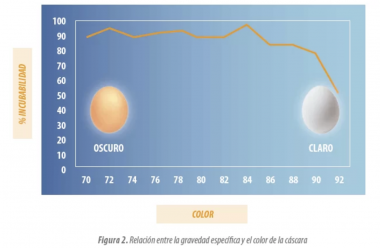
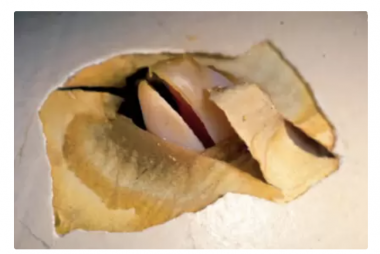
This would be expected as the broiler industry has always been reluctant to use white eggs.
From that study, it is deduced the light-colored eggs that tend to have problems when hatching are those that producers must eliminate anyway.
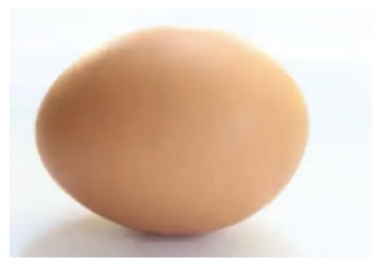
Excessively light eggs could be associated with dietary problems or environmental stress. Since the pigment is deposited on the shell immediately before laying, this could be a sign of premature egg-laying.
Interestingly, eggs with a lighter shell also offer a lower specific gravity. This is not a constant for every egg, but as a whole, eggs with a lower specific gravity also have a lighter shell.
Summary
Specific gravity is an effective parameter to quickly assess broiler breeder eggshell quality, although it is a time-consuming procedure.
Eggs with specific gravity values greater than 1,070 will have similar hatchability, while those with lower values will have worse hatchability.
Light-colored eggs (color score greater than 87) have a lower hatching rate than dark-colored eggs. However, apart from excessively light eggs, variations in eggshells within a group are not necessarily a negative that affects hatchability.
